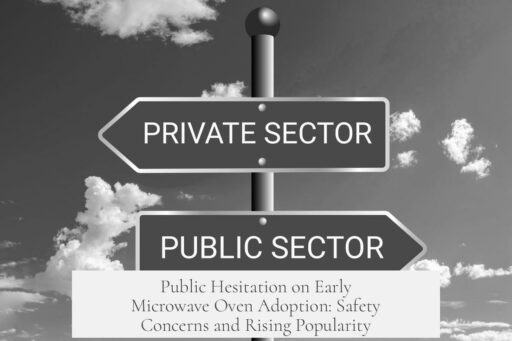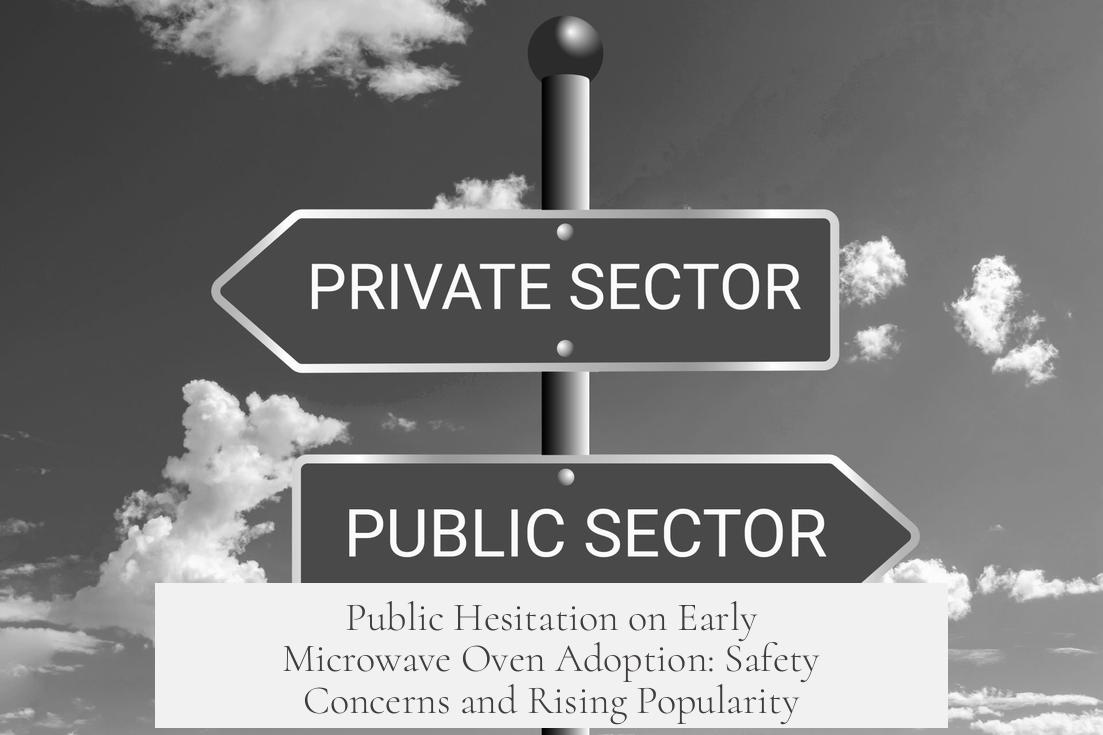When microwave ovens were first introduced, there was notable hesitation among the general public to adopt this new technology. This reluctance largely stemmed from fears about radiation exposure and concerns over food safety. Many people equated microwave radiation with harmful effects, which caused mistrust and a slow acceptance rate during the early years of microwave oven availability.
Early skepticism about microwave ovens mainly revolved around the misunderstanding of radiation. The electromagnetic waves used in microwaves prompted unease, as laypeople feared these waves might make food unsafe. This wariness was common, especially since the concept of radiation had negative connotations within public discourse.
Authorities and scientists, however, cautiously reassured the public about microwave oven safety. Scientific assessments confirmed that microwaves are safe when used properly, with safety features built into the appliances surpassing many other household cooking devices. The U.S. Food and Drug Administration (FDA) played a key role by providing guidelines to reduce risks, such as cleaning the door seals to prevent radiation leakage and recommending periodic checks by certified technicians.
Despite official reassurance, adoption of microwave ovens progressed slowly. Anecdotal evidence, such as a recollection of someone whose grandmother acquired a microwave in 1976, suggests that widespread household use became common only by the mid-1970s. This shows that microwave technology underwent a gradual acceptance curve, moving from novelty to mainstream over several years.
There is limited publicly available information about organized opposition or anti-microwave lobbying during the initial introduction period. This absence in documented history could mean that although hesitation existed, it was more a result of individual fear rather than coordinated campaigns against the technology.
For readers interested in further historical context, sources like the “Betty Crocker’s Cookbook: New & Revised Edition” from around 1969 provide insight into early microwave cooking perceptions. Additional discussions on platforms such as AskHistorians also explore public reactions in detail.
- Initial public hesitation focused on radiation-related safety fears.
- Scientists and regulatory bodies confirmed microwave safety with guidelines.
- Household adoption was slow, gaining momentum only by the mid-1970s.
- Little evidence exists of organized anti-microwave movements.
- Historical cookbooks and expert discussions offer more background.
When Microwave Ovens Were First Introduced, Was There Any Hesitation From the General Public to Adopt This New Technology?

Yes, when microwave ovens first hit the market, many people hesitated to adopt the new technology. Several factors fueled this skepticism, mainly linked to fears of radiation and lack of understanding about how microwaves could safely heat food. But let’s dive into the story behind that hesitation and how the microwave oven eventually became a kitchen staple.
Imagine it’s the late 1960s. The microwave oven, a novelty device, promises to zap your meals to perfection in mere minutes. Sounds magical, right? Well, for many, “magical” might as well have meant “dangerous.”
Public Safety Concerns: Radiation Fears Spark Skepticism
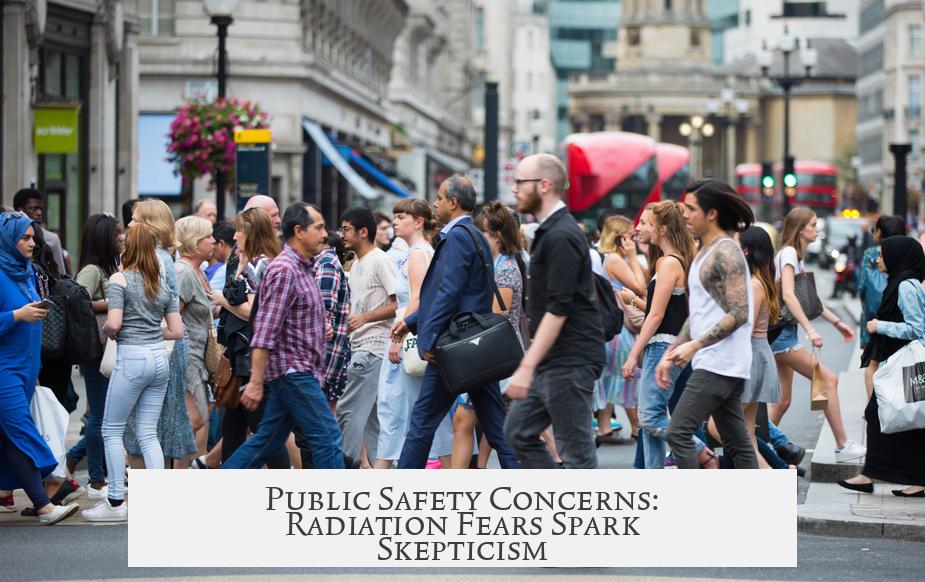
Back then, the concept of cooking food with radiation struck a nerve. The average person’s understanding of radiation was foggy and mostly negative. “Radiation equals harm” was the popular assumption. People worried that microwaving food would make it radioactive or contaminate it in invisible, sinister ways.
This fear was not baseless paranoia but rooted in unfamiliarity. Microwaves use non-ionizing radiation to heat food, unlike harmful ionizing radiation from X-rays. Yet, without clear public education, many lumped all radiation into the same scary bucket.
Such mistrust wasn’t just whispers in suburban kitchens; it was widespread. The idea of “radiation-on-food” sounded like an experiment gone wrong. Anecdotes from the era recall families hesitant to put this strange appliance in their homes. Some thought it was a fad bound to vanish.
Science Steps In: Safety Reassurances and Regulation
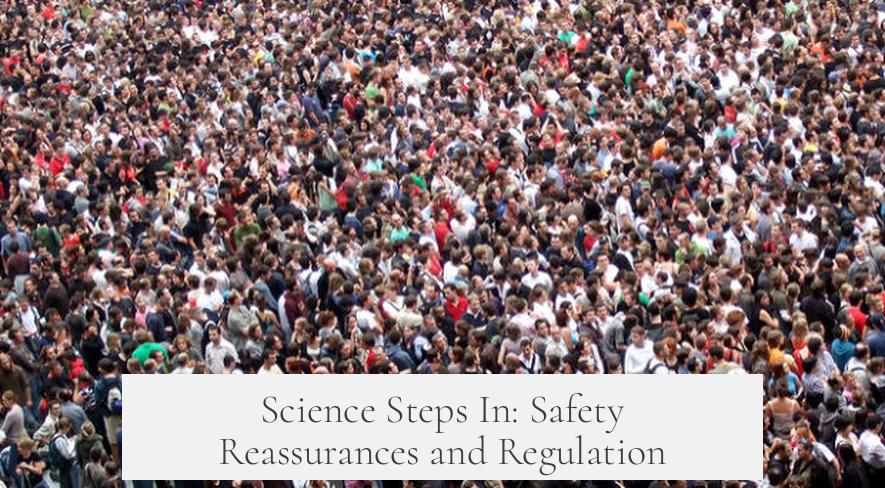
Fortunately, scientists and regulatory agencies took the concerns seriously. Leading researchers and government bodies like the FDA issued statements confirming that microwave ovens are safe when used according to instructions. It was emphasized that microwaves don’t make food radioactive—they simply cause water molecules to vibrate, heating food quickly.
The FDA also spearheaded safety guidelines for manufacturers and consumers, mandating strict limits on microwave radiation leakage. They offered practical tips:
- Keep the door and seals clean to prevent radiation leaks.
- Check the appliance regularly for damage or wear.
- Use mild detergents to maintain cleanliness without corrosive chemicals.
This proactive stance helped build trust over time, showing consumers that microwaves came with built-in safety features unmatched by many kitchen gadgets.
The Slow and Steady Rise of Microwave Popularity
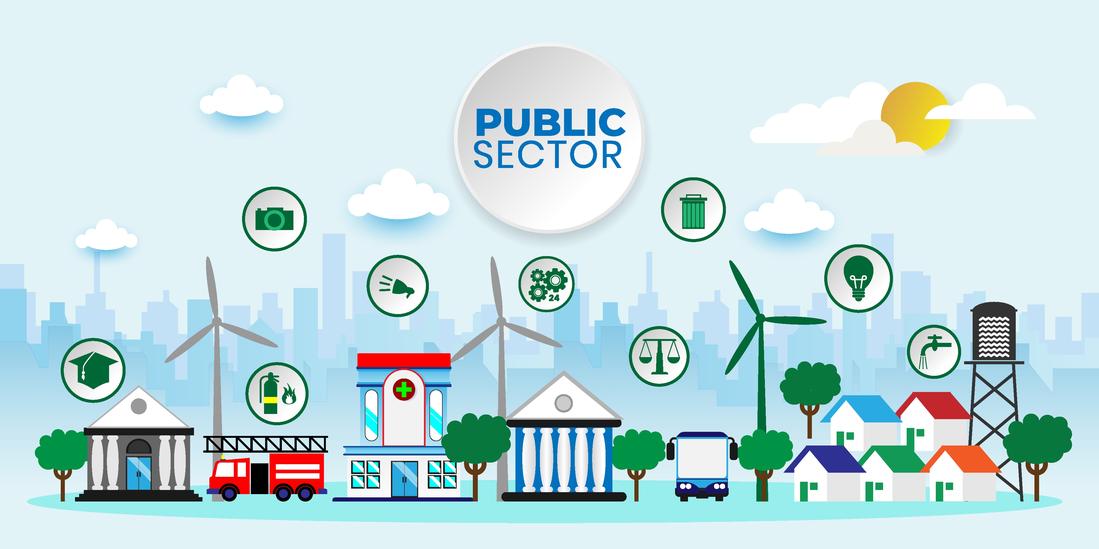
Full-blown microwave adoption wasn’t immediate. Anecdotal evidence, like that of one person whose grandmother purchased a microwave in 1976, suggests that many people only embraced the technology several years after its introduction.
Picture the diffusion curve: early adopters curiosity-driven, but mainstream users slower to jump onboard. It made sense—microwaves were pricey in the beginning. Plus, old habits die hard. Using a stove or oven felt safer and familiar.
Over time, as more households installed microwaves and shared positive experiences, adoption accelerated. By the late 1970s and early 1980s, the microwave had become an accepted kitchen helper, combining convenience and reasonable cost.
Was There Organized Opposition? The Mystery of Missing Lobbying Efforts

Interestingly, there’s little solid evidence of anti-microwave lobbying or organized resistance campaigns. Unlike some technologies that faced fierce opposition, microwaves seem to have sailed through without a strong counter-movement.
It’s possible that fears were mostly individual or community-based rather than coordinated. Also, we can’t rule out that some sources of opposition simply weren’t well documented, lost in informal conversations or forgotten media.
If you want to explore further, historical cookbooks like Betty Crocker’s Cookbook: New & Revised Edition (circa 1969) include sections on microwave cooking, reflecting how the appliance gradually entered domestic life.
For the history buffs among us, a thoughtful discussion on this topic is available on Reddit’s AskHistorians forum, providing additional perspectives.
What Can We Learn from This Hesitation Today?

Fast-forward to now. Microwaves are everywhere—in homes, offices, and dorm rooms. The hesitation seems quaint. Yet, it reminds us how humans respond to new tech: cautiously and often with suspicion.
When a new gadget asks us to trust invisible waves safety heating our meals, it’s natural to ask questions. The key is clear, accessible information and honest transparency—exactly what early scientists and regulators gradually provided.
Next time you press the “popcorn” button, consider the leap of faith your great-grandparents would have taken. The story of microwave adoption is a fascinating case of trust-building between science and society.
Practical Tips If You’re Still Concerned About Microwaves
- Follow FDA guidelines: keep your microwave clean and check seals.
- Replace old or damaged microwaves; vintage doesn’t mean safe.
- Remember that microwaving can preserve nutrients better than some other methods.
- Use microwave-safe containers to avoid chemical leaching.
Finally, ask yourself: are the convenience and safety of modern microwaves worth the initial doubts? For most, the answer is a hearty yes, proven by millions of homes worldwide.
In Summary
Microwave ovens faced genuine hesitation upon introduction, mostly because radiation scared people and knowledge wasn’t widespread. Science and regulation helped ease these fears. Adoption was gradual but steady, without major opposition campaigns. Today, microwaves stand as a testament to how technology overcomes mistrust through education and evidence.
